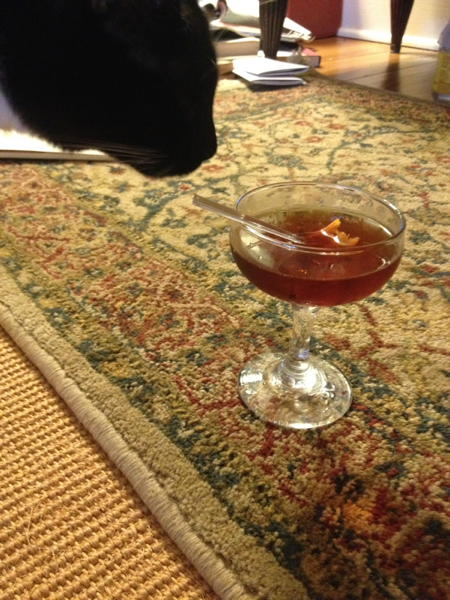It’s time now to post about my Lichtenbergian goals for 2016.
As I’ve discussed before, the process of deciding what my goals will be for the coming year is a serious thing. I don’t want to overload myself, but neither do I want to be the guy who shows up at the Annual Meeting having accomplished all his goals. That would be gauche and liable for Censure.
I will have to say, though, that this year’s choices were tough, as I’ll explain below.
Lichtenbergianism
First and foremost, of course, is to finish Lichtenbergianism: procrastination as a creative strategy, the book explaining the Lichtenbergian approach to the creative process. If we presume a word count of 25,000 words, I’ve written a little over half of them, i.e., the easy part.
Now I have to go back in and smooth things out—make sure that I’m not falling into the “ignorance of knowledge” trap, over-assuming my audience’s contextual understanding of what I’m talking about. I need to keep refining my idea of who the audience for the book is. I need to start making sure it flows and doesn’t just lurch from topic to topic.
3 Old Men
Once again, I want to expand our theme camp to include the “yelling at the hippies” area. Brief recap: it’s a 50-foot square defined by our old ropes and tent stakes, with a tall chair (like a deer stand) on one side. One of our camp sits in the chair with a megaphone and shouts instructions to any hippies who have gotten inside.
These instructions include contact improv/InterPlay/Twyla Tharp kinds of movement and play, so that we have an impromptu performance of sorts.
Recently, at Scott’s Antiques, I came across these:
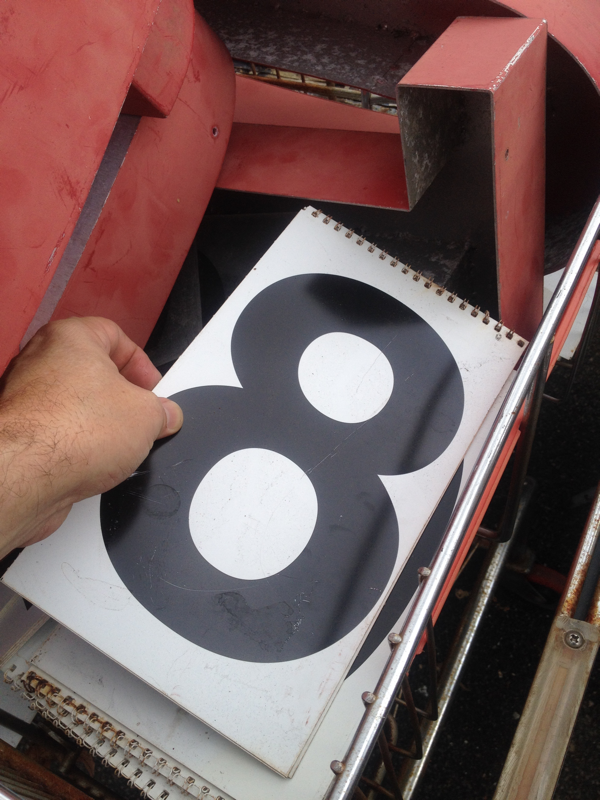
Carefully labeled FOR OUTDOOR USE ONLY, they’re sturdy plastic flipcharts for scoring events, and they were only $1 each! Suddenly our arena got more interesting—we can put up three to five chairs on the sidelines where hippies can choose to sit and score the efforts of the performers. This has led to the description of the project as “ludicrous totalitarianism, with judgment—but in a good way.”
Part of the project will be to compile a list of commands that will create a neat-o experience for participants and for onlookers. That should be fun.
I also want to continue working with Flashpoint Artists Initiative, the nonprofit which runs Euphoria/Alchemy, as a small-time volunteer on various projects.
Backstreet Arts
Local artist Kim Ramey has a vision to establish a venue for an art studio for homeless/underserved populations here in Newnan. I want to become more involved in helping that to become a reality.
My personal agenda is to provide within the facility a space for writing and publishing, as exemplified by Temporary Services in Chicago. As Kim wants to provide a place for people to “do art,” I want to help people to tell their stories.
???
For lack of a better word, I’m calling this the Undefined Universe Project.
I was actually stuck on deciding what else to do for a goal, and here’s why: after years of writing music that has never been performed, I just didn’t have the spirit to attach myself to Seven Dreams or to SUN TRUE FIRE again,[1] nor to start Simon’s Dad or anything else new when I know it’s not going to get performed.
I know full well that that’s part of being a modern composer, just writing your heart out and then hitting the pavement to try to sell it. And I’m going to work more on that aspect of the business, both for the music and for Lichtenbergianism. But in the meantime, I want a little validation, you know?
So my goal is to allow the Universe to send me a project which is attached to actual production. I will help it along by putting myself and my work out there (#playdalesmusic, anyone?), but I’m going to start by using my woo skills to put the Universe on notice that I’m open and receptive.
I’ll keep you posted.
—————
[1] Which is not to say that I won’t be futzing around with those pieces or even something new, just to keep myself flowing.
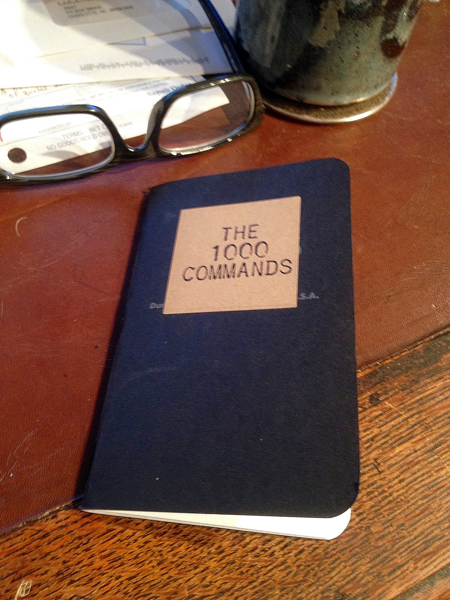

 This was the comment under a lovely photo of Jackson Square in New Orleans, in the fog with the equestrian statue of Andrew Jackson silhouetted against the cathedral. It was posted by a Facebook associate—I refuse to call them “friends” anymore—and I had to come blog about it here rather than be rude over there.
This was the comment under a lovely photo of Jackson Square in New Orleans, in the fog with the equestrian statue of Andrew Jackson silhouetted against the cathedral. It was posted by a Facebook associate—I refuse to call them “friends” anymore—and I had to come blog about it here rather than be rude over there.
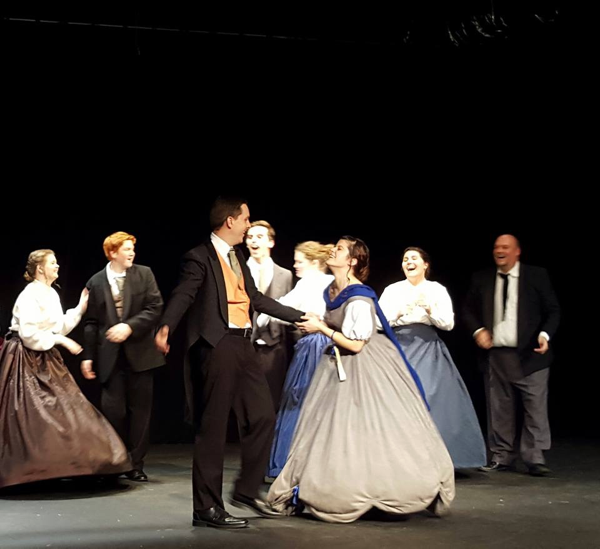
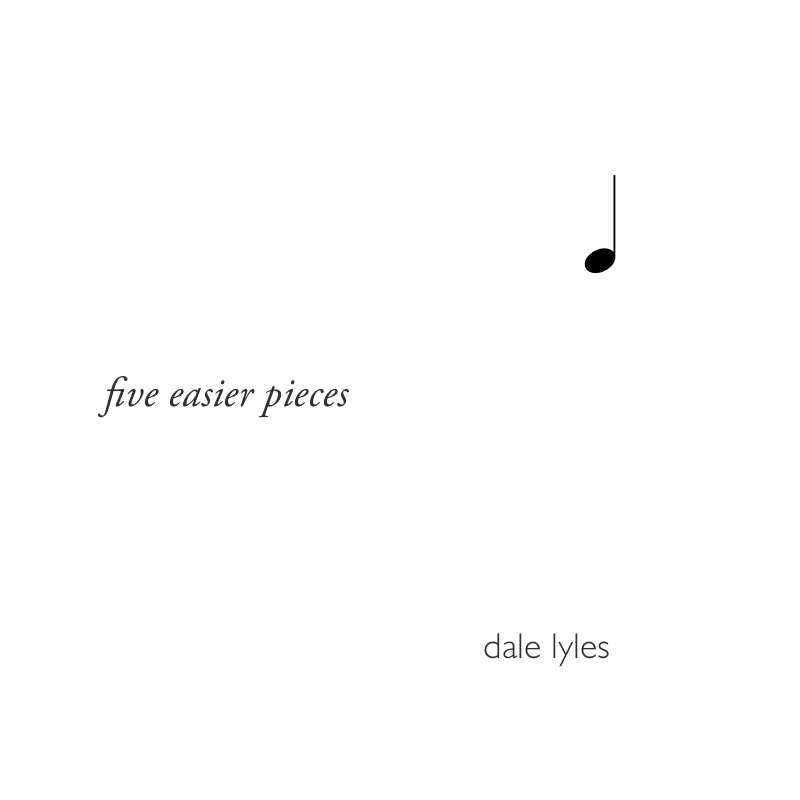 update: Oops, I finished it. (Minor futzing, and a tweak to the ending.)
update: Oops, I finished it. (Minor futzing, and a tweak to the ending.)